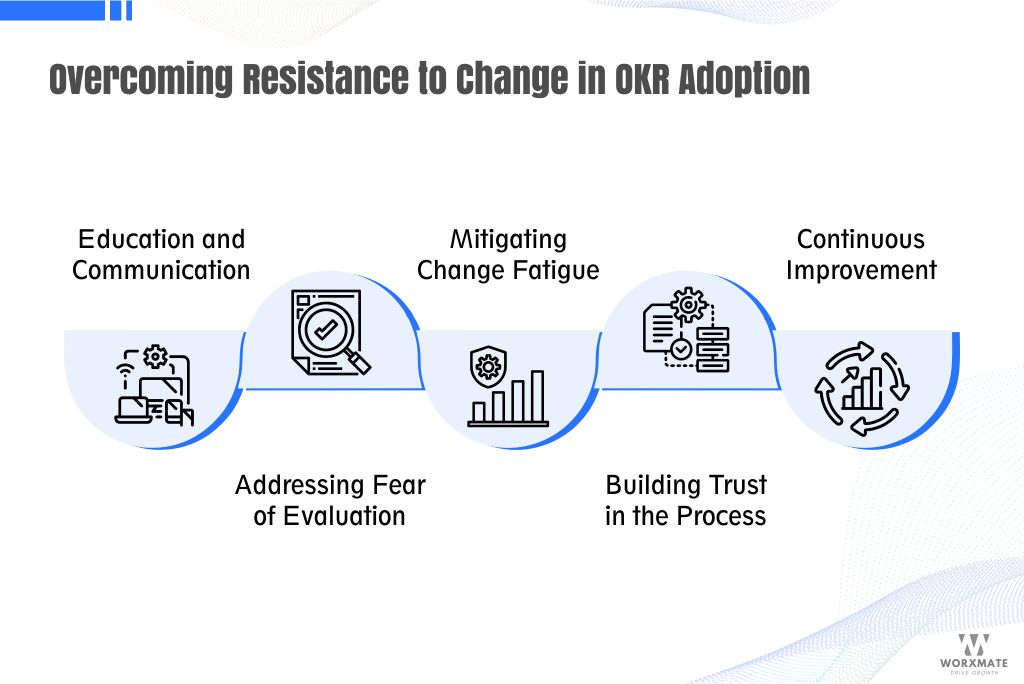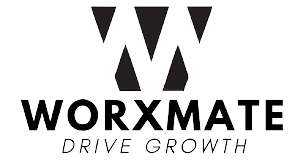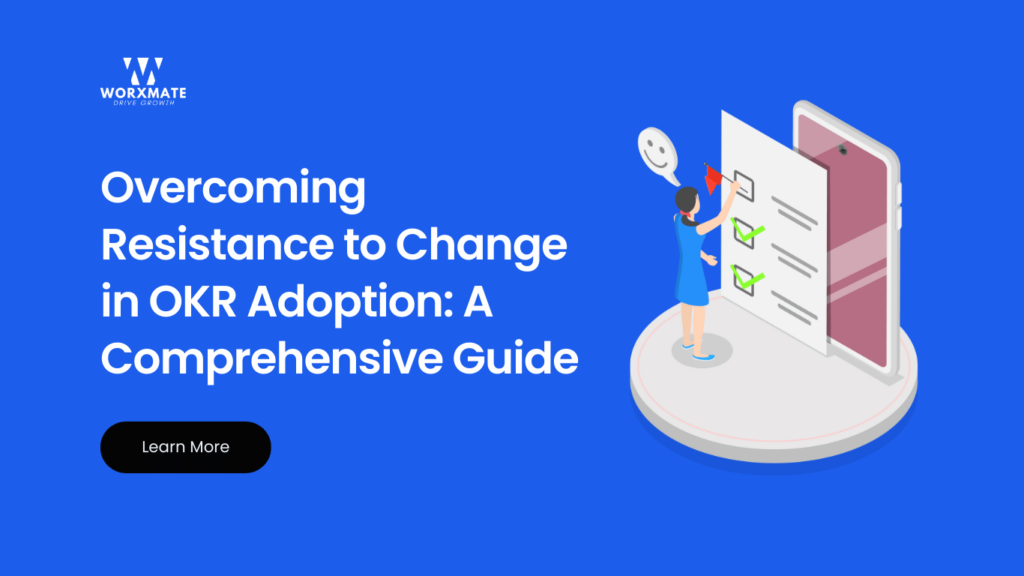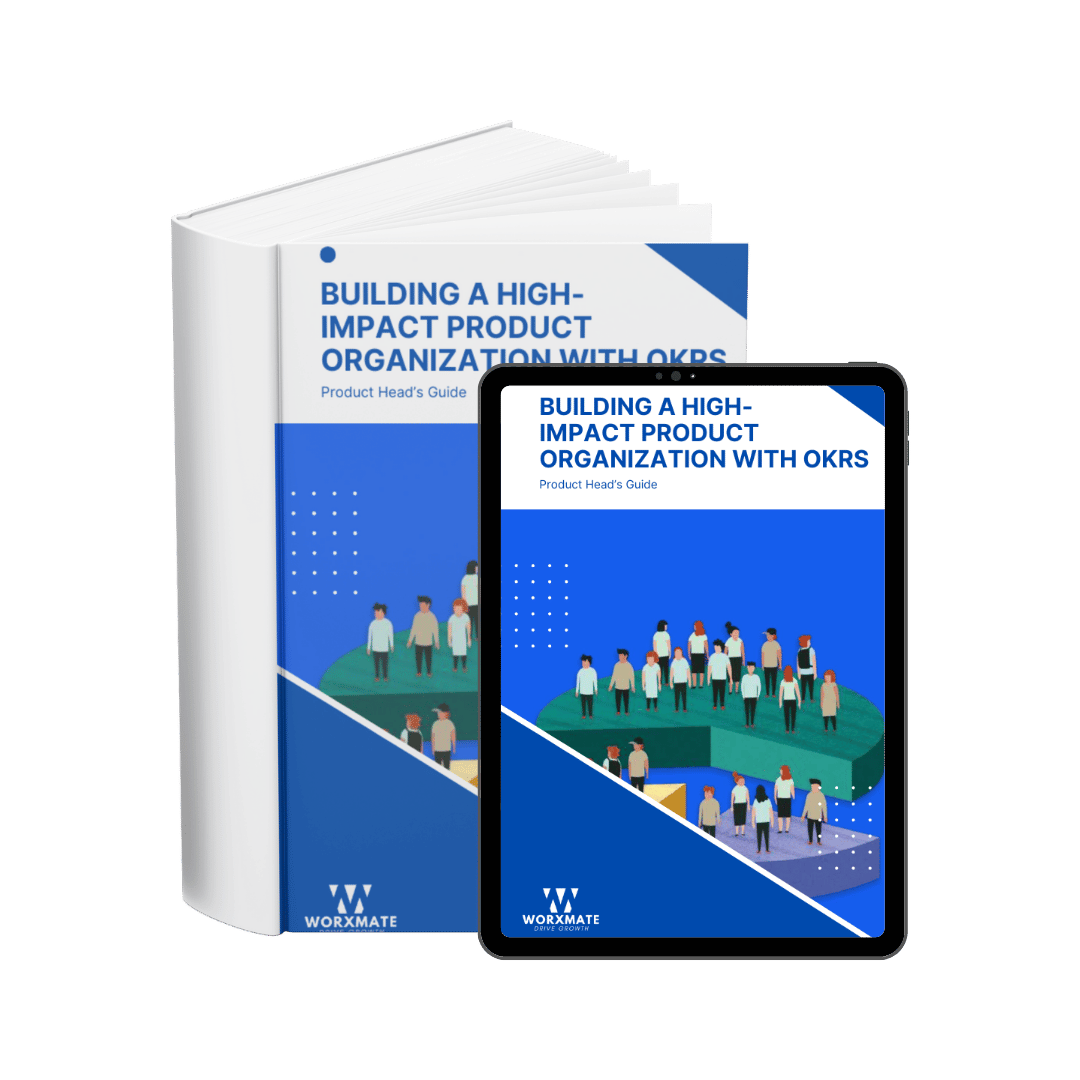Change is often met with resistance, and introducing Objectives and Key Results (OKRs) to an organization is no exception. Whether it’s fear of the unknown, concerns about added workload, or skepticism about the effectiveness, addressing resistance is a critical aspect of successful OKR adoption. This comprehensive guide aims to navigate the intricacies of resistance, offering insights and actionable strategies to pave the way for a seamless and successful integration of OKRs within your organization.

Understanding the Roots of Resistance
Before addressing resistance to OKRs, it’s crucial to delve into the roots of this resistance. Employees may resist change due to various factors, such as a fear of the unknown, concerns about job security, or a lack of understanding about how OKRs will impact their roles. It is essential to conduct thorough communication and education campaigns, offering transparency about the reasons behind the adoption of OKRs. Additionally, facilitating open forums for employees to express their concerns and providing clear, detailed information about how OKRs will benefit both individuals and the organization can help in dismantling the skepticism. By understanding the specific reasons behind resistance, organizations can tailor their approach, fostering a more inclusive and collaborative environment that sets the stage for successful OKR adoption. Recognizing and addressing these root causes is a fundamental step in building a foundation for change that is rooted in transparency, trust, and shared understanding among all stakeholders.
Building a Coalition of Champions
For OKR adoption to be effective, building a coalition of champions is essential. Identify and support those early adopters and change advocates within the organization. These champions should deeply understand OKRs and be passionate about their benefits. Empower them to share their positive experiences, act as mentors to others, and provide ongoing support. An example of a successful coalition could be seen in a technology company that appointed OKR ambassadors from various departments. Through their enthusiasm and expertise, these ambassadors facilitated a smoother transition and inspired their peers to embrace the change, resulting in widespread OKR adoption and improved organizational performance.
Customizing the OKR Framework to Fit the Organization
While OKRs offer a structured approach to goal-setting, customization is crucial to align the framework with an organization’s unique needs and culture. This involves tailoring the language used in objectives and key results to resonate with the organization’s vocabulary. For example, if a company values innovation, incorporating language that reflects a commitment to groundbreaking solutions can enhance engagement. Moreover, the frequency of OKR updates and reviews should be adapted to suit the organization’s pace. Some companies may thrive on quarterly OKR cycles, while others prefer a more agile approach with shorter time frames. By customizing the OKR framework, organizations ensure that it becomes an integral part of their DNA, fostering greater acceptance and effectiveness in driving performance.
Providing Comprehensive Training and Support
It is crucial to make investments in thorough training programs that inform staff members of the OKRs’ guiding principles and allay their concerns and fears in order to overcome resistance. By fostering a deep understanding of how OKRs align with organizational objectives and individual roles, employees are more likely to embrace the change positively. Moreover, providing ongoing support and creating a collaborative environment where questions are encouraged can help build trust in the OKR process. This approach enhances employee engagement and ensures a smoother transition towards a more goal-oriented and performance-driven organizational culture.
Fostering a Culture of Continuous Improvement
When employees see the tangible benefits and successful results of implementing OKRs, their resistance to change usually wanes. Establishing a culture that places a premium on continuous improvement and acknowledges even incremental successes is crucial in reinforcing the positive impact of OKRs. When employees see that their efforts contribute to meaningful achievements and align with the organization’s objectives, it fosters a sense of purpose and ownership.
Regular and transparent communication plays a pivotal role in this process. Leaders should consistently highlight and celebrate the accomplishments facilitated by OKRs, emphasizing the direct correlation between the framework and organizational success. By showcasing how OKRs have led to concrete, positive results, employees become more likely to embrace the change, understanding its value in driving continuous improvement and contributing to the organization’s overall success. This communication strategy helps bridge the gap between initial skepticism and a shared understanding of how OKRs positively influence individual and collective success.
Reframing Resistance as an Opportunity for Growth in OKR Adoption
Resistance to change, especially when introducing Objectives and Key Results (OKRs), can be reframed as an opportunity for growth within an organization. Rather than viewing resistance as a hurdle, consider it a catalyst for transformation and improvement. When employees express concerns or reservations about OKRs, it allows open dialogue, addresses misconceptions, and fosters a deeper understanding of the framework.
Leadership can seize this opportunity to engage with employees, solicit feedback, and collaboratively refine the OKR process. By reframing resistance as a positive force for growth, organizations can cultivate a culture of continuous improvement, where challenges become stepping stones toward achieving shared objectives and fostering a more resilient and adaptable workforce. Embracing resistance as an opportunity underscores the dynamic nature of change and positions the organization for enhanced agility and success in the long run.
Conclusion
In the journey towards OKR adoption, overcoming resistance is a pivotal step. By understanding the sources of resistance, building a network of champions, customizing the framework, providing comprehensive training, and fostering a culture of continuous improvement, organizations can not only navigate through resistance but also lay the foundation for a successful and sustainable OKR implementation. Remember, the goal is to adopt OKRs and inspire positive and enduring change within the organizational fabric.





